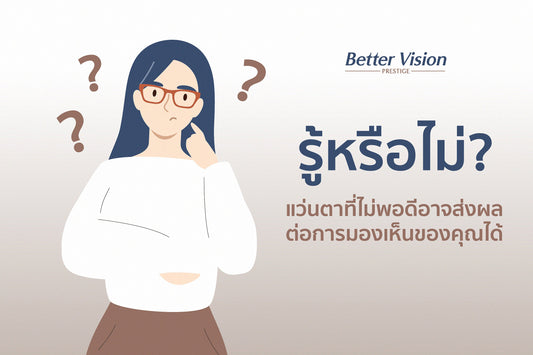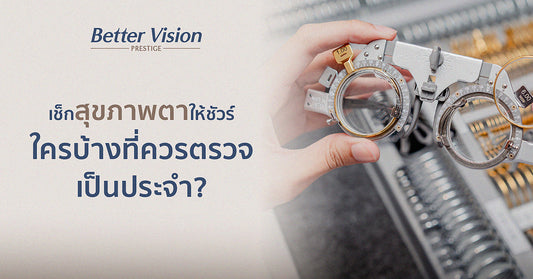Many people think of glasses that can address all their vision needs, which is why progressive lenses often become a top choice. They have the special feature of combining all vision levels into a single lens. However, some progressive lenses may become a "foe" that harms your eyes rather than being the "perfect partner" they should be. Today, we will delve into the reasons why progressive lenses might become a threat to your eyes. Let's explore what these issues are.
1. Errors in Prescription Measurement
Incorrect measurement of your prescription can make wearing progressive lenses uncomfortable and impractical for daily use. Accurate measurement of both near and distance vision prescriptions is crucial for ensuring that progressive lenses are comfortable and effective.
2. Errors in Parameter Measurement
This involves measuring the curvature of the lens front, the angle of the lens, and the distance between the lens surface and the cornea while wearing the glasses. These parameters are very sensitive when cutting progressive lenses. Even a 1-millimeter error can result in glasses that are uncomfortable to wear.
3. Choosing an Unsuitable Lens Frame
Wearing progressive lenses is different from wearing regular prescription glasses because progressive lenses have three distinct vision zones. This requires the wearer to learn the correct usage methods, focusing on techniques like tilting and sweeping eye movements. Typically, it takes about 1-2 weeks to adjust to the new way of using the lenses.
4. Still Adjusting to Progressive Lenses
Progressive lenses come in various designs tailored to different uses. Choosing the right lenses involves matching them to your prescription, usage patterns, and lifestyle. If you're still adjusting, it might be due to a mismatch between the lens design and your specific needs.




